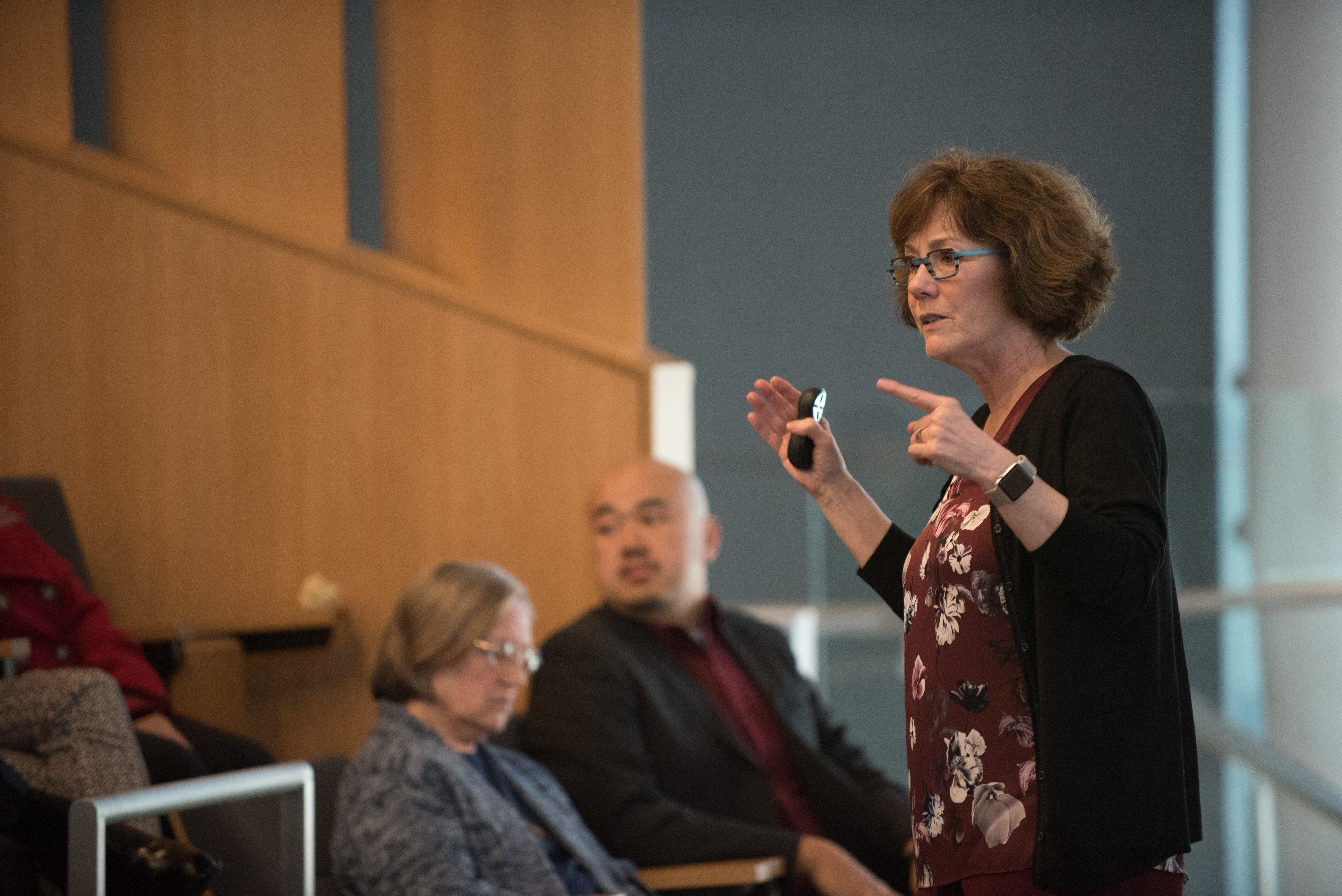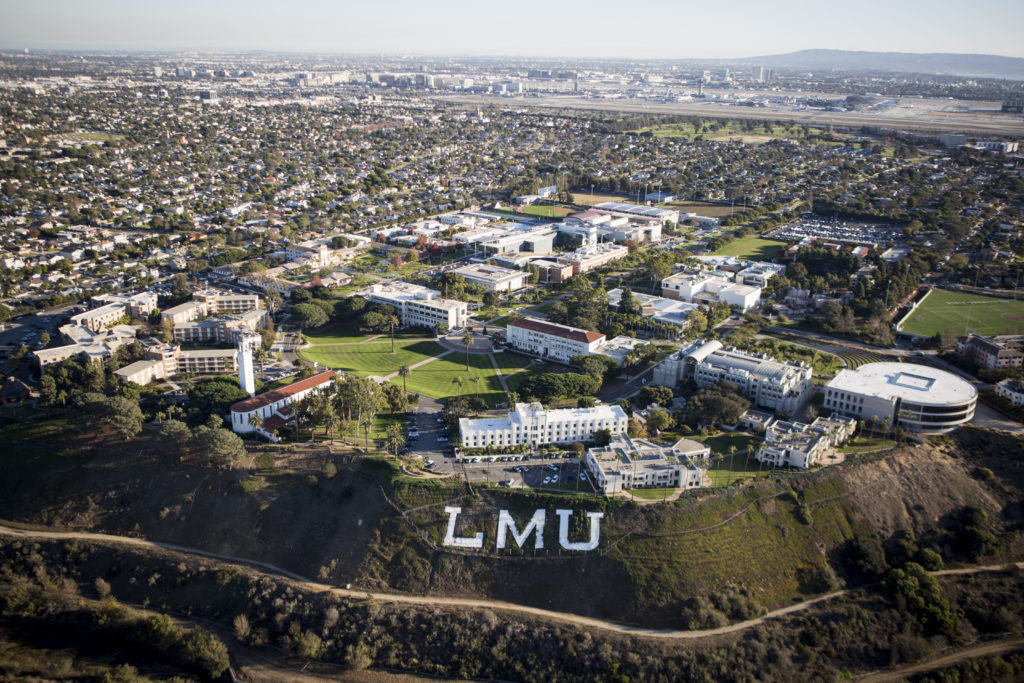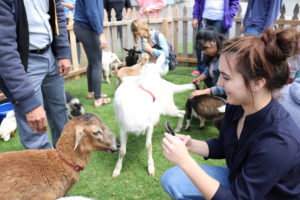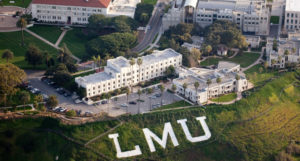INTERCULTURAL AFFAIRS | Mental habits are sometimes hard to recognize. They can be even harder to break. Implicit, or unintentional, bias is a particularly damaging and stubborn pattern.
But it is a habit that can be overcome, Patricia G. Devine, professor of psychology at the University of Wisconsin-Madison, told the President’s Leadership Development Retreat on Mitigating Implicit Bias. With motivation, awareness and effort, Devine said, the implicit bias pattern can be caught and replaced with a healthier approach to interpersonal interactions.
Executive Vice President and Provost Tom Poon welcomed the crowd of more than 150 administrators and faculty and staff members to the workshop on March 16, in the Life Sciences Building Auditorium, noting appreciatively that they had gathered to promote and support diversity. Poon said that the usual equation to describe a university’s goal of inclusion was “excellence + diversity,” but that a more precise way to say it is “excellence = diversity” because they are inseparable. Mitigating bias leads to a better learning environment.
Devine’s presentation, “Empowering People to Break the Prejudice Habit: Overcoming Bias in Higher Education,” has been a career-long effort to promote bias literacy and provide the qualitative research to back up her claim that bias is a habit of mind that can be overcome with awareness and effort
“This is a roadmap to change,” Devine said, as she led the retreat through several examples of understanding and recognizing unintentional bias, the term she prefers over implicit because it better describes the mind’s process of arriving at judgments. She explained how we swiftly, unconsciously take in information of people we see or just meet but then use that information to box those people into stereotypes – judging how they fit or don’t fit into culturally assumed roles. This habit of mind applies to person-to-person interactions or to piles of resumes or to media images we consume.
Devine also talked about the “powerful and subtle influences” that can tinge interactions in a classroom: those students a teacher might favor or neglect because of unintentional bias. Teachers have been observed to smile more, give added encouragement, or offer extra comments on homework to students who fit their preconceptions of “good students” or “promising students.”
Devine wove the unfairness of unintentional bias, and the lost opportunities from it, throughout her presentation.
But she offered seven strategies that can be employed to start changing the unintentional bias habit. The strategies are straightforward, require effort, and are mutually reinforcing. She advised:
- Stereotype replacement – detect the bias, reflect on how it limits your understanding, reject that habit, and replace it with an affirmative phrase or action;
- Modify your environment – evaluate the messages around you;
- Seek individuation information – ask questions and address the person in front of you;
- Perspective taking – imagine what’s it like from that person’s point of view;
- Consider situational explanations – what circumstances could explain a behavior;
- Commit to credentials – focus on clear, written standards instead of relying on impressions;
- Increase opportunities for meaningful contact, again, making an effort to reach out.
Devine then cited examples from her own research and others’ that support the efficacy of these steps in breaking the bias habit.
More information about her project can be found here.




